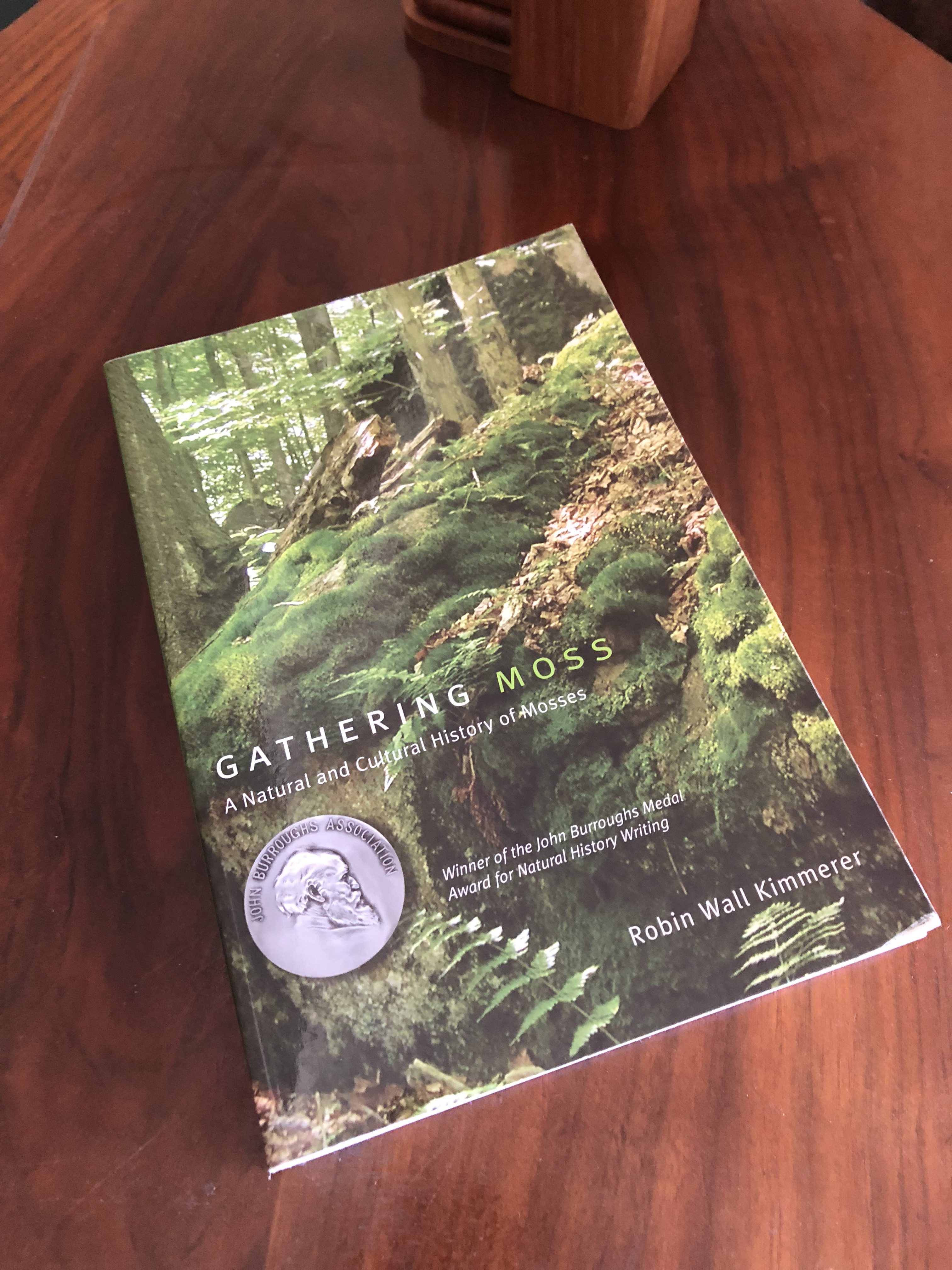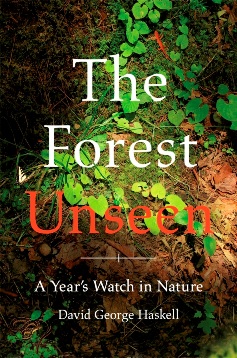Years ago when I first entered graduate school, I went to see E. Raymond Hall about the possibility of a job. Dr. Hall was a legend and someone I really wanted to work with, if possible. At the time, despite his lifelong passion with mammals he was trying to help conserve the tall-grass prairie ecosystem. Hall had a little bit of money to pay for a grad student to travel down to Chase county and collect data about the prairie. I was intrigued but the funds would not even cover my mileage for the required multiple trips to the field site and as a fine representative of the poor graduate student class, I had no reserve funds so I turned down the position. During the interview, though, we had a long talk about his career, what drove him, and he was very willing to offer advice to me as I set out on my career. Several times Dr. Hall reiterated, that success in academia in today’s world required specialization. He said that I should pick a topic of study that few found interesting and become the expert. This was in the 1970’s just as the molecular wars were heating up and jobs in the natural history area were trending downward. Of course, my ability to focus on one subject was really not in the cards. My interests in natural history seemed to have no bounds and has always shifted here and there. Still I always remembered his advice and have always had a special place for the under appreciated flora and fauna.
Growing up in central Kansas, with no rock outcrops nearby and two miles from the nearest permanent flowing water, I developed a deep appreciation for springs discharging from rock outcrops festooned with carpets of mosses and liverworts. This appreciation has led to a lifelong interest in mosses and liverworts but only to the point of trying to identify a few while trying to figure out how mosses and liverworts might work in the classroom to illustrate biological principles–something beyond their life cycle.
Robin Kimmerer’s book “Gathering Moss, A Natural and Cultural History of Mosses” reveals what I’ve been missing by not taking Dr. Hall’s advice so long ago. This book is a revelation that despite their small stature, mosses and moss communities have a lot to teach us. Questions drive science and, as an ecologist, Kimmerer takes us along as she investigates moss community ecology. Most of her prose is dedicated to the questions and the journey to discovery, with the discoveries and answers being almost an afterthought. I was amazed at the broader, more general ecological principles that she investigates through moss study. This book will not only engage you with mosses but it will help you develop a beginning understanding of some of the pressing ecological principles that drive the work of community ecologists today. One measure by which I judge a book like this is not on how many new facts and answers I learn but rather how many new insights and new questions do I now have. I find my self going back and re-reading her essays looking for inspiration and questions.By that measure this book is a winner. Check out this book, you won’t be disappointed. Here’s a nice review.
And speaking of ecologically themed questions and insights another book you’ll want to check out is David Haskell’s The Forest Unseen.
Haskell is an ecologist at the University of the South which is located in southern Appalachia. Like John K. Terres, in “From Laurel Hill to Siler’s Bog” or Aldo Leopold’s “Sand County Almanac“, Haskell seeks deep understanding and insight by focusing on just one, small subset of the natural world throughout an entire year. For Haskell, it is a small area in an old-growth southern Appalachian forest he refers to as his mandala. Such intense focus and attention by definition makes such a place special. There is much to be learned by finding such a spot, spending time just sitting, observing, and reflecting throughout the seasons. In fact, if you choose to follow his example and return to your own mandala you’ll likely feel privileged as you develop a deeper awareness of the natural comings and goings in whatever natural community you are studying. Haskell’s art is taking something so deeply personal and sharing it in a way that each of us share in the new insights. Personally, I came away with many new questions and thoughts and I am not alone. The New York Times had a great review that prompted my exploration into Haskell’s work. Check out his blog to get a feel for his writing and thoughts. You’ll find much there that will interest you as well.


